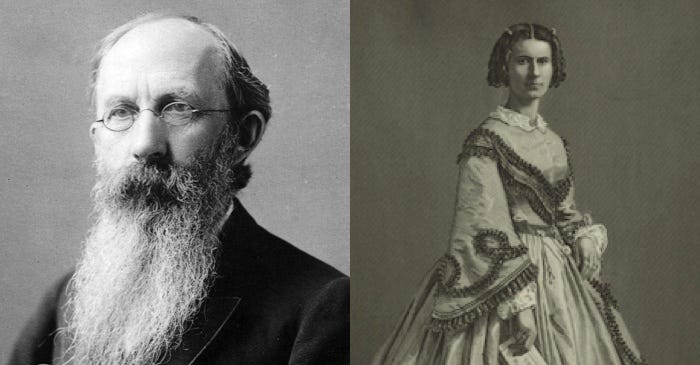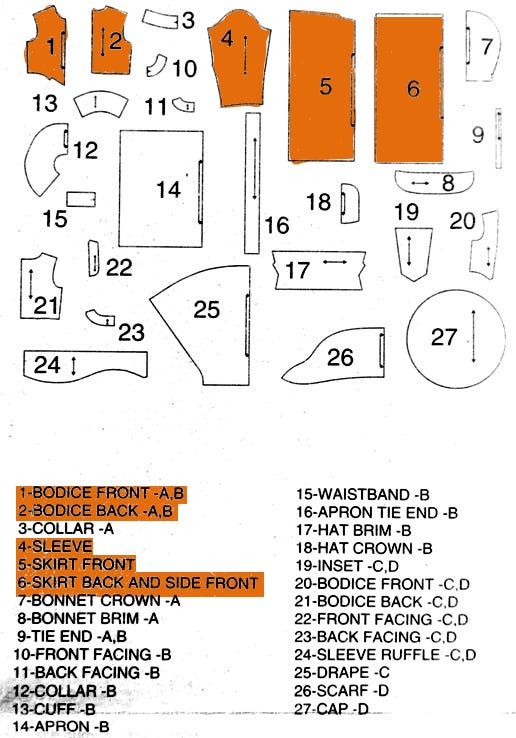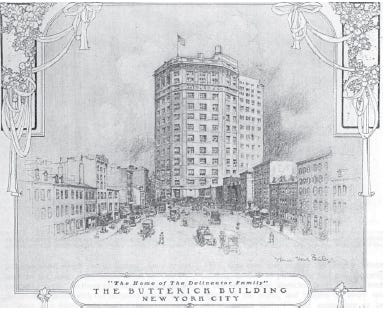Why "Butt" Was in 50-Foot Electric Letters in the NYC Skyline in 1907.
It has to do with dress patterns. Obviously.
The glow from the sign was so bright and the letters so enormous that locals started to ask questions. An electric sign with 50-foot-high letters wasn’t something you saw every day in 1907, even in New York City. And while the sign was new to locals and visitors, the name “Butterick” wasn’t. In fact, there was a decent chance that someone looking up at what was then the largest electric sign in the world—on the Butterick Publishing Company’s brand-new corporate headquarters—was wearing clothes designed using patterns from the company Ebenezer and Augusta Butterick had founded more than 40 years earlier.
If you were a person of modest means in the mid-19th century, your clothes were probably homemade or sewn by someone you knew. Ready-to-wear clothing was limited, and tailors were expensive. Most home sewers used patterns, likely from the Demorest Company. Ellen Demorest had a front-row seat to two major developments in home sewing: the invention and spread of the sewing machine, and the ingenuity of her Black maid (whose name, regrettably, is unrecorded), who fashioned a cardboard pattern to make a dress.
Demorest realized that, with sewing machines entering homes in large numbers, there would be a booming market for mail-order patterns. Cardboard was too bulky to ship easily, but tissue paper was cheap, light, and foldable. Her company started mailing instructions and patterns to households across the country. Even that was a relatively new possibility: the U.S. had printed its first postage stamp just a few years earlier, and steamships and expanding railroads were rapidly making mail delivery faster and more reliable.
Demorest’s business did well—well enough that she eventually turned her attention to philanthropy. But she left the door open for someone else to build something even bigger.
Enter the Buttericks.

Augusta Butterick’s insight was deceptively simple: people, even skilled home sewers, struggle with math. Specifically, the kind of proportional thinking required to resize a pattern. If you wanted to make a double-breasted morning coat but sized for a 12-year-old, where would you start? How do you scale down armholes, collars, waistlines? How do you preserve shape and proportion while subtracting six inches of height?
The Buttericks solved this by doing the math for you. They offered patterns in multiple standard sizes—ready to mail and ready to sew. That innovation helped turn the Butterick Publishing Company into the second-largest printer in the United States, behind only the federal government. By the time Ebenezer died in 1903, the company had more than 1,000 stores around the world.
And in 1907, their name lit up the Manhattan skyline. It is unknown if any teenagers walked by, giggling “it says ‘butt,” to each other. I would have.





And i still sew butterick patterns to this day! Thanks for sharing this fun little clothing history
Reading this felt like listening to an Annotated episode. Loved it!